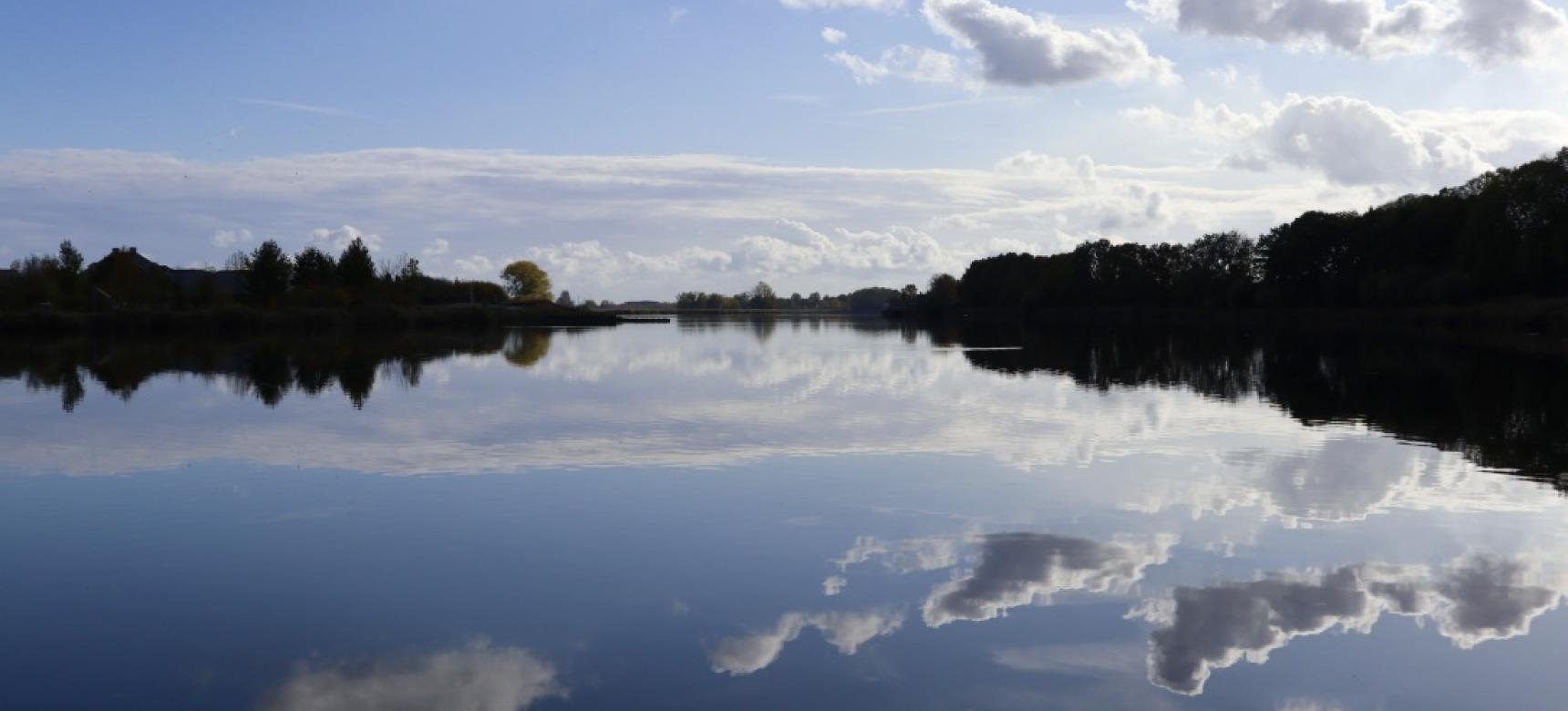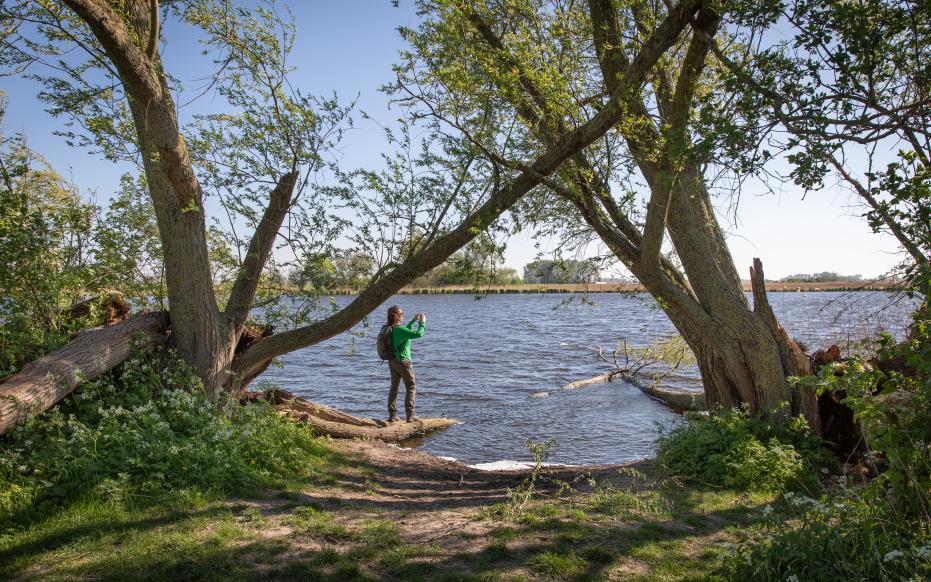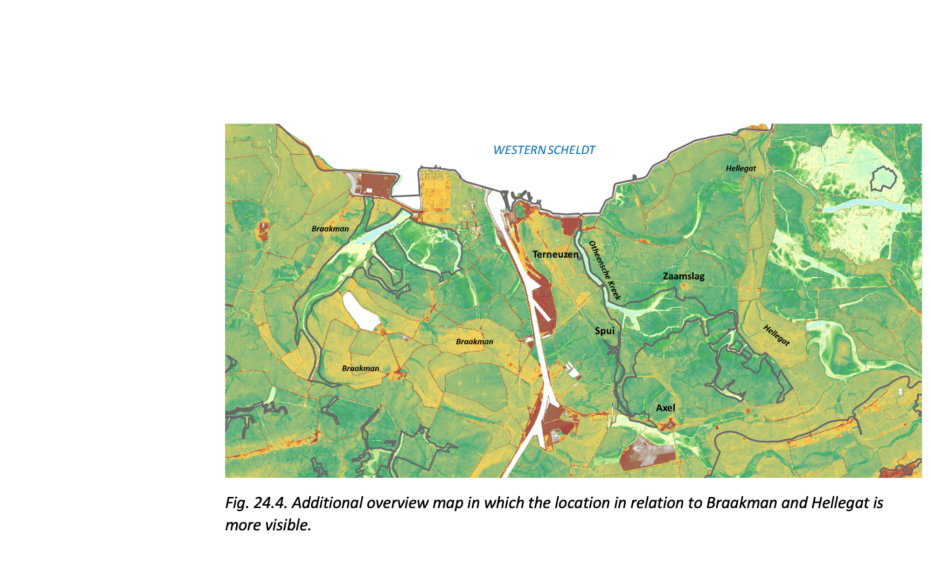The Otheense Kreek is a creek system located in Zeeuws-Vlaanderen. The mouth of the creek is located on the east side of Terneuzen. About a kilometer inland, the creek splits into two tributaries. The southern branch runs to Axel. The eastern branch runs south through Zaamslag. A large part of this creek system is still aquiferous and can be continued many kilometers inland without interruption. The landscape of Zeeuws-Vlaanderen consists of a sandy area from the last ice age that between 6,500 and 2,800 years ago, as a result of sea level and groundwater rise, became covered by an extensive peat swamp. Starting about 2600 years ago, major sea intrusions occurred and large tidal channels formed, including the Honte, the forerunner of today's Western Scheldt. Through these tidal channels, the sea deposited a clay layer and a salt marsh area was created. The Honte had several smaller branches. At the site of today's Otheense Kreek was a natural branch of the Honte, called the Notense geul, on which the village of Noten was also located. The earliest known written mention of this village, also known as Othene, dates from 1160 A.D. The village disappeared into the sea during a storm surge in 1214, after which Nieuw-Othene was founded.


